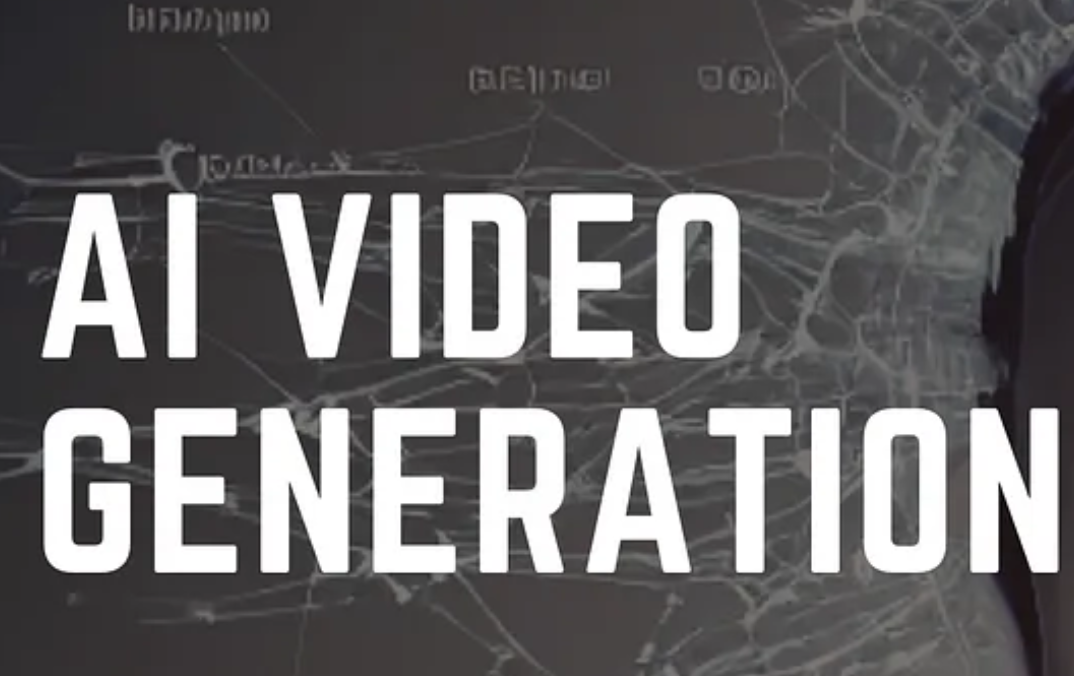AI video generation is a revolutionary technology that enables the creation of videos without human intervention. This innovative process uses machine learning algorithms to generate high-quality videos from scratch. In this article, we’ll delve into the technical aspects of AI video generation, exploring how it works and the technologies behind it.
What is AI Video Generation?
AI video generation is a process that uses machine learning algorithms to create videos from text, images, or audio inputs. This technology has numerous applications, including video marketing, social media content creation, and even film production. AI-generated videos can range from simple explainer videos to complex, Hollywood-style productions.
The Technical Process
The AI video generation process involves several technical steps.

Text Analysis
The process begins with text analysis, where the AI algorithm analyzes the input text to understand its meaning, tone, and context. This step is crucial in determining the video’s narrative, tone, and style.
Script Generation
The AI algorithm generates a script based on the analyzed text. This script outlines the video’s storyline, dialogue, and scene descriptions.
Storyboard Creation
The AI algorithm creates a storyboard, which is a visual representation of the script. The storyboard consists of a series of images or sketches that illustrate the video’s sequence of events.
Asset Generation
The AI algorithm generates the necessary assets, such as:
- Images and Graphics: The AI creates images, graphics, and animations to support the video’s narrative.
- Audio: The AI generates music, sound effects, and voiceovers to enhance the video’s audio.
- 3D Models: The AI creates 3D models and animations to add depth and complexity to the video.
Video Composition
The AI algorithm composes the video by combining the generated assets. This involves:
- Scene Assembly: The AI assembles the scenes, ensuring a cohesive and logical sequence of events.
- Visual Effects: The AI adds visual effects, such as transitions, animations, and special effects, to enhance the video’s visual appeal.
Post-Production
The final step involves post-production, where the AI algorithm:
- Edits: The AI edits the video, ensuring a smooth and engaging viewing experience.
- Color Grading: The AI adjusts the video’s color palette and lighting to create a consistent look and feel.
- Sound Design: The AI fine-tunes the audio, ensuring a balanced and immersive sound experience.
Machine Learning Algorithms
AI video generation relies on various machine learning algorithms, including:
Generative Adversarial Networks (GANs)
GANs consist of two neural networks: a generator and a discriminator. The generator creates new content, while the discriminator evaluates the generated content’s quality. This process enables the AI to learn and improve its video generation capabilities.
Recurrent Neural Networks (RNNs)
RNNs are used for sequence-to-sequence tasks, such as script generation and video editing. These networks analyze and process sequential data, enabling the AI to understand and generate coherent video content.
Convolutional Neural Networks (CNNs)
CNNs are used for image and video processing tasks, such as image generation and object detection. These networks analyze and process visual data, enabling the AI to generate high-quality images and videos.
Challenges and Limitations
While AI video generation is a groundbreaking technology, it’s not without its challenges and limitations:
- Quality and Realism: AI-generated videos may lack the quality and realism of human-created content.
- Contextual Understanding: AI algorithms may struggle to fully understand the context and nuances of human language.
- Creativity and Originality: AI-generated videos may lack the creativity and originality of human-created content.
Conclusion
AI video generation is a rapidly evolving technology with vast potential applications. By understanding the technical aspects of this process, we can unlock new possibilities for video creation and storytelling. As the technology continues to advance, we can expect to see more sophisticated and realistic AI-generated videos that rival human-created content.
Read related articles:

